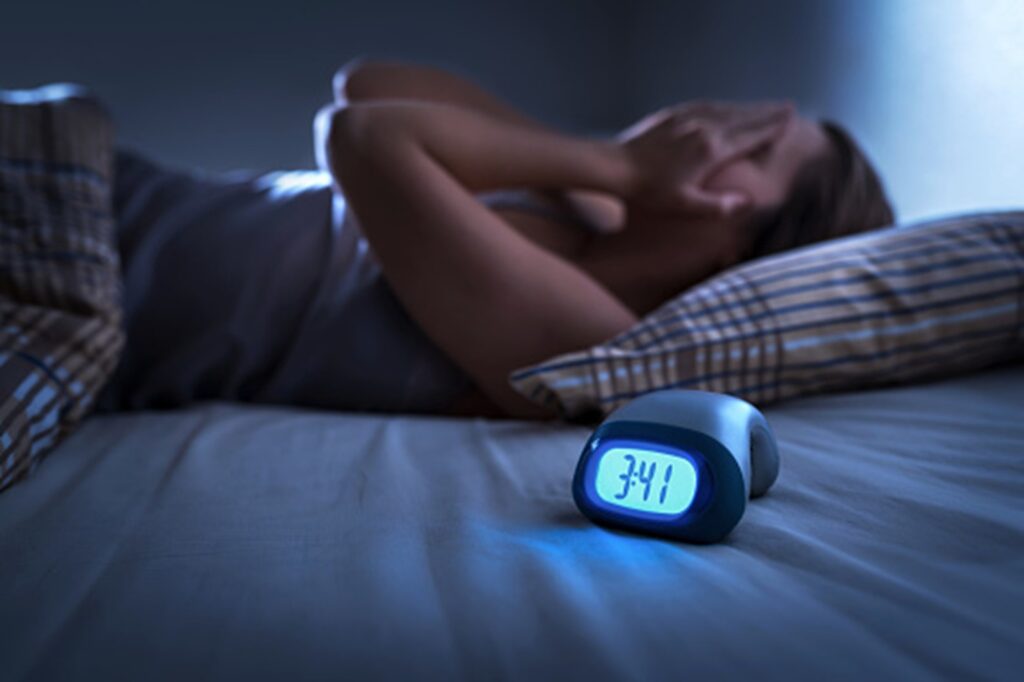The benefits of neurofeedback are numerous, and it can be used by anyone who wants to improve their memory, sleep, sports performance, emotional regulation.

- Attention and Focus: Helps people stay on task!

Research shows neurofeedback has similar results to increase attention and focus for people with ADHD as medication. However, as medication fades so does attention and focus. Neurofeedback can have results lasting a lifetime.
- Decrease Anxiety and Stress: decreases anxiety overall, making moments of high demand easier to emotionally manage.

What are the most common problems that are improved by neurofeedback?
– Generalized Anxiety Disorder (GAD)
– Obsessive compulsive disorder (OCD)
– Post-traumatic stress disorder (PTSD)
- Improves Emotional Control: stabilizes mood and emotional perception, including the perception and ability to cope with stress, which can reduce depressive symptoms.

Emotional regulation is the ability to recognize our own emotions, and the emotions of other people. Having the ability to adjust our emotional intensity to match the situation, and to modify our emotional reactivity in line with our own goals, intentions, and social demands.
- Improves Sleep: improves the quality and depth of sleep.

What are the most common sleep issues that improve with neurofeedback?
– Insomnia – Difficulty falling asleep or maintaining sleep during the night
– Difficulty waking from sleep
– Difficulty getting to bed
– Not feeling rested after sleep
– Sleeping too long (over 10 hours)
– Physically restless sleep
– Bedwetting (Nocturnal enuresis)
– Restless leg syndrome – Leg discomfort or a need to move legs, disrupting sleep
– Bruxism – Teeth grinding during sleep
– Sleep terrors – Abrupt arousal with intense fear, no dream recall or memory of event
– Dysregulated sleep patterns/cycles (circadian rhythms)
Neurofeedback can help reduce or eliminate the need for sleeping aids for insomnia and sleep disorders by normalizing the physiological state of arousal and helping the brainbecome more attuned to healthy sleeping patterns.
- Slows Cognitive Decline and Improves Cognitive Functioning: exercises the brain to maintain its highest ability.

What are cognitive functions?
– Perception – the recognition and interpretation of sensory stimuli (sight, smell, touch…).
– Attention – the ability to sustain concentration on a particular thought, action, object, and ability to manage competing environmental demands.
– Memory – Short-term/ working memory and Long-term memory.
– Motor skills – Ability to mobilize our muscles and bodies, and ability to manipulate objects.
– Language – Skills allowing us to translate sounds into words and generate verbal output.
– Visual and Spacial Processing – Ability to process incoming visual stimuli, to understand spatial relationship between objects, and to visualize images and scenarios.
– Executive Functioning – Abilities that enable goal-oriented behavior, such as the ability to plan, and execute a goal. These include:
– Flexibility: the capacity for quickly switching to the appropriate mental mode.
– Theory of mind: insight into other people’s inner world, their plans, their likes and dislikes.
– Anticipation: prediction based on pattern recognition.
– Problem-solving: defining the problem in the right way to then generate solutions and pick the right one.
– Decision making: the ability to make decisions based on problem-solving, on incomplete information and on emotions (ours and others’).
– Working Memory: the capacity to hold and manipulate information “on-line” in real time.
– Emotional self-regulation: the ability to identify and manage one’s own emotions for good performance.
– Sequencing: the ability to break down complex actions into manageable units and prioritize them in the right order.
– Inhibition: the ability to withstand distraction, and internal urges.
- Improves Brain Function after a Traumatic Brain Injury: helps the brain reorganize, create, and correct neural networks to improve and restore function.

Neurofeedback can be considered like push-ups for the brain. With every interaction with the screen, the brain waves become stronger – and this can happen once every two seconds. This form of brain training includes a lot of repetition (about 30 times every minute), which is proven to be beneficial for the reshaping of the brain. In 20 neurofeedback sessions, your brain gets 72,000 chances to learn! This allows your brain to reshape networks after a concussion or traumatic brain injury.
https://www.psychologytoday.com/us/blog/reverse-causation/202006/what-are-cognitive-functions
https://www.mayoclinic.org/tests-procedures/biofeedback/about/pac-20384664
https://health.usnews.com/health-news/family-health/brain-and-
behavior/articles/2009/09/10/neurofeedback-an-adhd-treatment-that-retrains-the-brain

